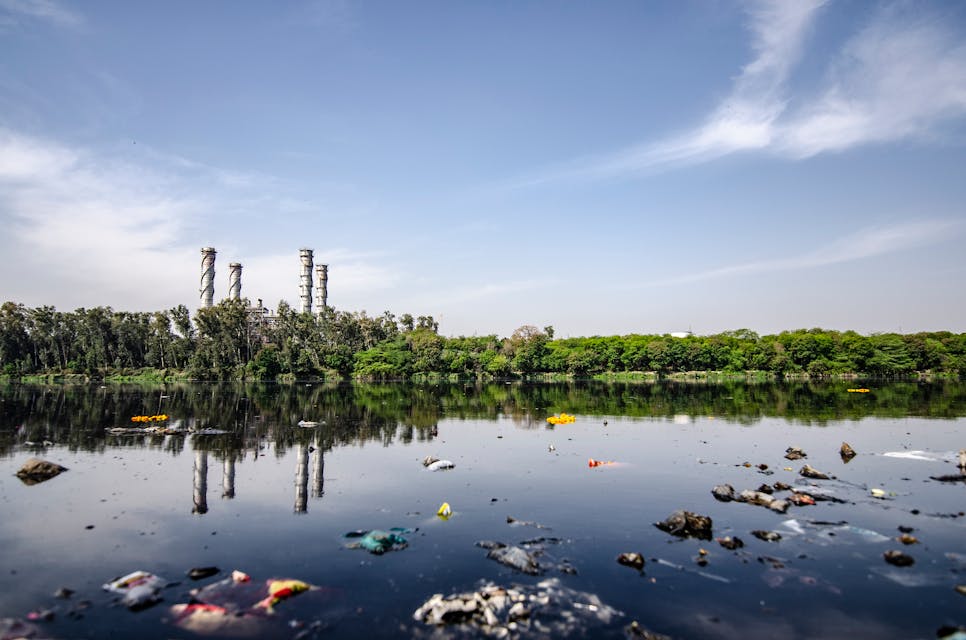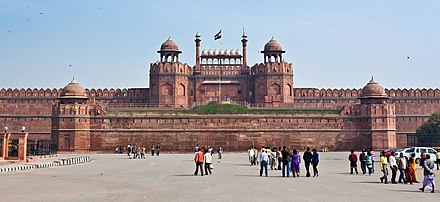The Importance of Delhi in India's Political Landscape

Delhi, the capital city of India, holds immense significance in the country’s political landscape. It has been the center of power and governance for centuries, witnessing the rise and fall of empires, the birth of a nation, and the shaping of its democratic system. Let’s delve into the historical and political importance of Delhi and explore the key monuments that symbolize its rich heritage.
1. The Red Fort
The iconic Red Fort stands as a testament to Delhi’s political legacy. Built by the Mughal Emperor Shah Jahan in the 17th century, it served as the residence of Mughal emperors and later became the seat of power for the British colonial rulers. Today, it is the site where the Prime Minister of India hoists the national flag on Independence Day, symbolizing the country’s sovereignty and democratic values. The Red Fort is not just a monument; it represents the resilience and spirit of the Indian nation.

2. Rashtrapati Bhavan
Rashtrapati Bhavan, the official residence of the President of India, is another significant landmark in Delhi’s political landscape. Designed by British architect Edwin Lutyens, it showcases a blend of Indian and Western architectural styles. The grandeur of this building reflects the power and authority vested in the highest office of the Indian government. It is a symbol of the democratic principles on which modern India is built.

3. Parliament House
Located at the heart of Delhi, the Parliament House is where the legislative branch of the Indian government operates. It is the center of political decision-making, where laws are debated, and policies are formulated. The circular design of the building represents the inclusive nature of Indian democracy, where diverse voices come together to shape the nation’s future. The Parliament House is a symbol of the power vested in the elected representatives of the people.

4. India Gate
India Gate, a war memorial located in the heart of Delhi, holds deep historical and emotional significance. It commemorates the sacrifice of Indian soldiers who lost their lives in World War I and the Afghan Wars. The names of these brave soldiers are inscribed on the walls of the monument, reminding us of their valor and dedication. India Gate stands as a symbol of national pride and unity, reminding us of the sacrifices made to protect the nation’s freedom.

5. Jantar Mantar
Jantar Mantar, an astronomical observatory built by Maharaja Jai Singh II in the 18th century, showcases the scientific prowess of ancient India. It consists of a collection of architectural instruments used for astronomical calculations and observations. Jantar Mantar is a testament to the intellectual and scientific advancements of the time and serves as a reminder of India’s rich heritage in the field of astronomy.

Conclusion
Delhi’s political landscape is a tapestry woven with the threads of history, power, and democracy. The city’s monuments stand as witnesses to the rise and fall of empires, the struggle for independence, and the establishment of a democratic nation. Exploring these monuments not only offers a glimpse into India’s political past but also helps us appreciate the values and principles that shape the country’s present and future. Delhi truly is the beating heart of India’s political journey. 🕌✨🇮🇳
